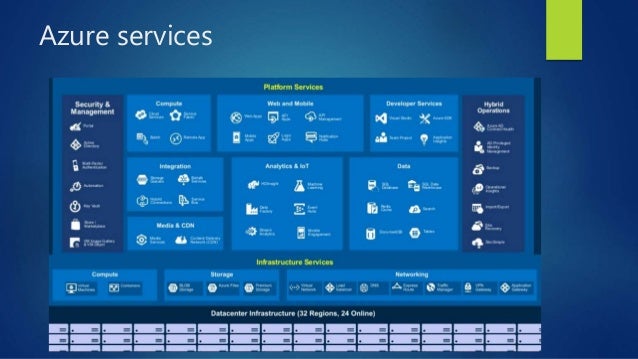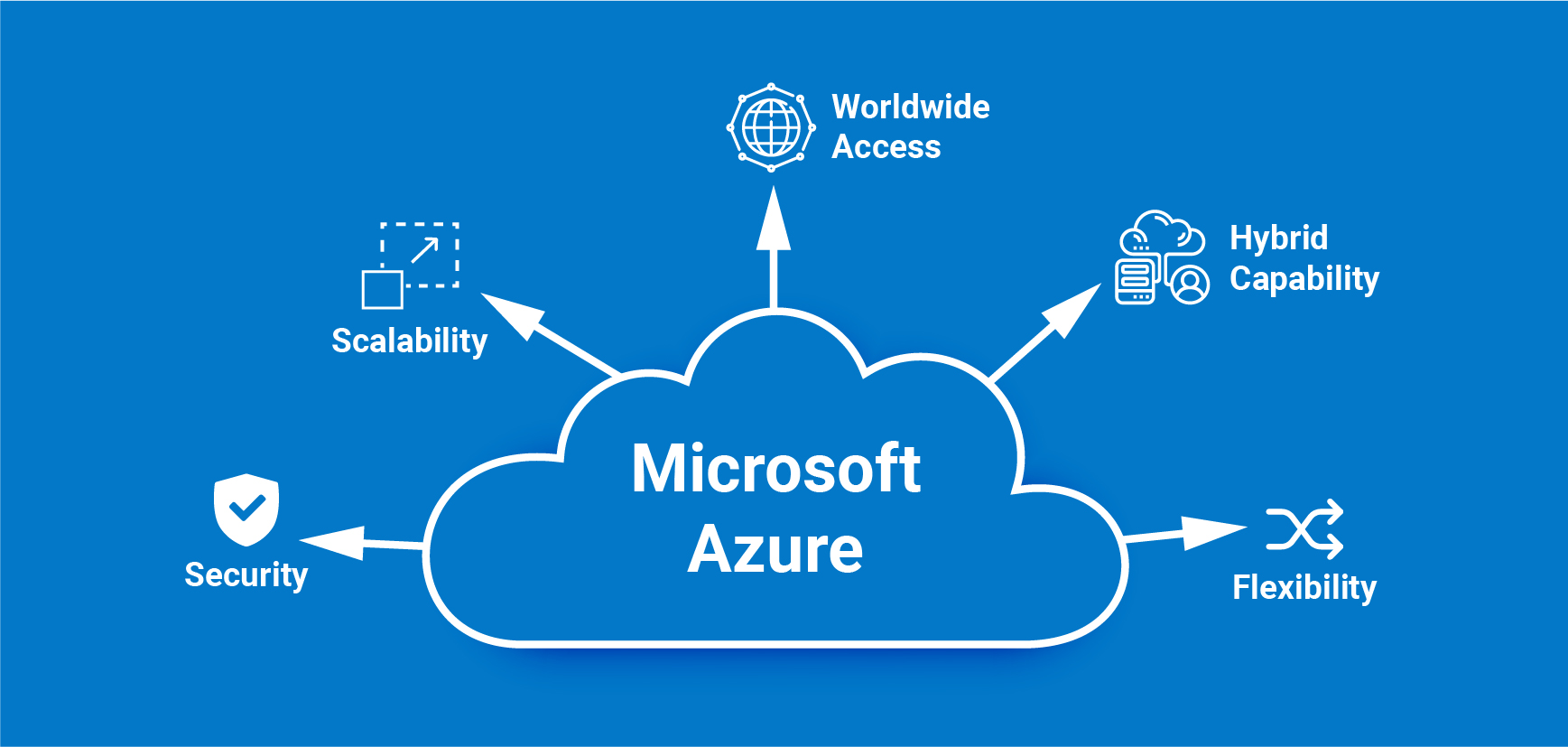


However, Azure has several unique features that make Azure architecture training or Azure certification worthwhile, which we’ll go into later. These solutions are available on other cloud platforms as well, including Amazon Web Services (AWS). Users can also test applications on AzureĪdd virtual machines to your IT infrastructure using AzureĮxpand your fleet of virtual machines with virtual hard drives (or cloud-based storage)Īzure lets you integrate cloud-based apps with your existing IT infrastructureĪzure is a powerful business intelligence tool that allows you to capture and store essential metrics that measure your application’s activities Users can create virtually any web application in AzureĪfter development, you can then host the application on Azure But what exactly can you do with it? Below are a few examples of Azure solutions: The solutions that enterprises can build on Microsoft Azure include:Īzure is a quick, flexible, and-more importantly for enterprises-affordable cloud platform. Through Azure, Microsoft offers a host of services on different domains, such as Compute, Database, Content Delivery, and Networking. The servers that make up these data centers are scattered across 140 countries and growing. Microsoft Azure, formerly known as Windows Azure, was released in 2010 by Microsoft as a public cloud services platform where users could build, test, deploy, and manage their applications using Microsoft’s cloud-based data centers. Microsoft Azure is the cloud platform of choice at the enterprise level, used by 95 percent of Fortune 500 companies. There are many cloud computing platforms in the market, but Microsoft Azure is one of the biggest.

What Is Microsoft Azure in Cloud Computing? It’s estimated that more than 77 percent of businesses use some enterprise cloud solutions in their computing infrastructure. Unsurprisingly, cloud computing applications and platforms have grown tremendously popular in recent years, revolutionizing how businesses work and creating new revenue streams. This type of architecture also allows applications to scale more conveniently, adding new instances of services whenever demand increases (scaling-out) and removing examples of services whenever demand reduces (scaling-in). Each service communicates with one another through application programming interfaces (API) or asynchronous messaging. Instead of creating applications as monoliths, cloud technology has allowed them to be broken down into smaller, decentralized microservices. Cloud computing is redefining how modern applications are being designed.


 0 kommentar(er)
0 kommentar(er)
